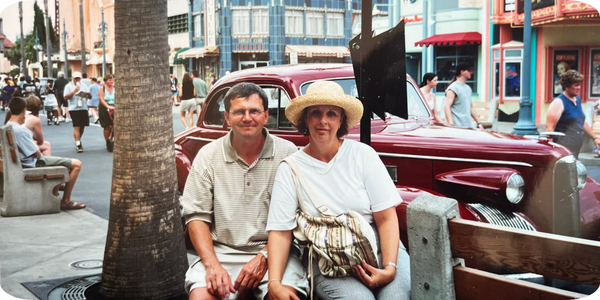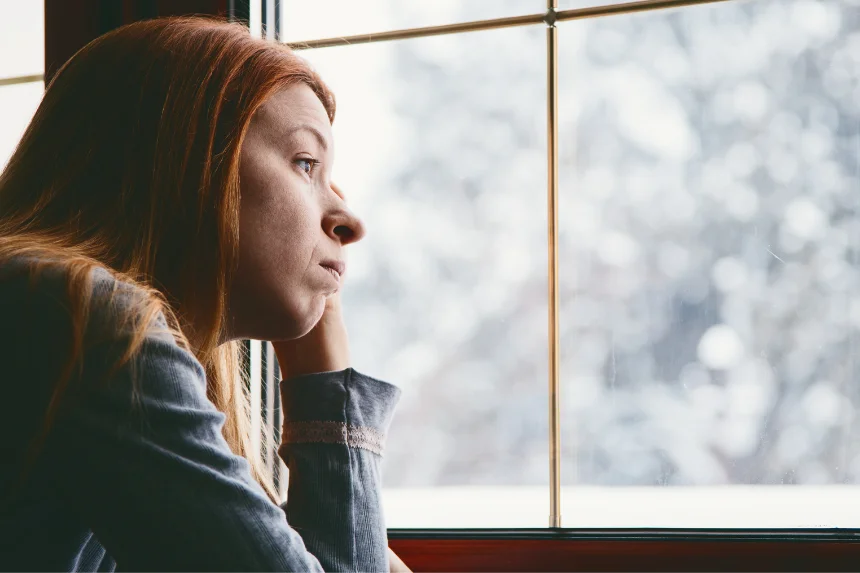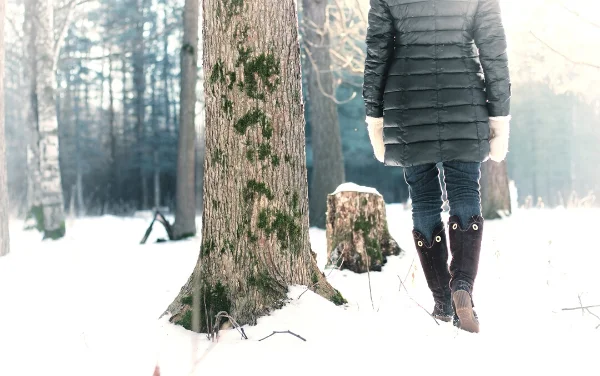Despite the difficulties associated with his illness, Alessandro remains positive. He looks back with pride on the years he was able to spend looking after his children at home. “I had some wonderful years with my children,” he says. “Being a parent is a beautiful gift.”
This period was a source of unexpected joy for Alessandro. “They called me the soft-hearted father, the sensitive man,” he recalls with a laugh. “For an Italian, it was a little frustrating. But I knew I was lucky.”
Today, at 67, Alessandro is facing the progression of his disease, but he remains determined to enjoy life. He particularly enjoys spending time in his garden and doing activities he can still do with his wife. “When I look out into my yard and see all the things there, the little birds outside, I open the windows and hear them singing, I feel happy,” he says with emotion.
This determination sometimes translates into a stubbornness to stay active, which is stressful for Linda. Alessandro continues to undertake physically demanding projects, such as when he recently varnished the porch. “He was on all fours when he did that,” Linda explains. “When he takes on jobs like that and doesn’t set any limits for himself, there comes a point when I’m not there to tell him to stop.”
This activity, while a testament to Alessandro’s desire to remain independent, is a constant source of concern for Linda, who fears for his safety and health. It’s a delicate balance between encouraging his independence and ensuring his well-being, a daily challenge for the couple as they navigate life together.








